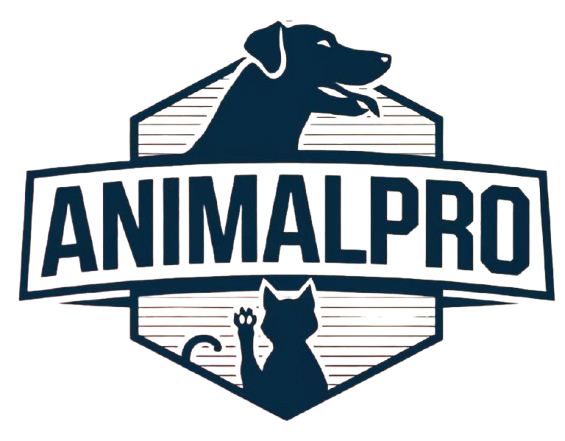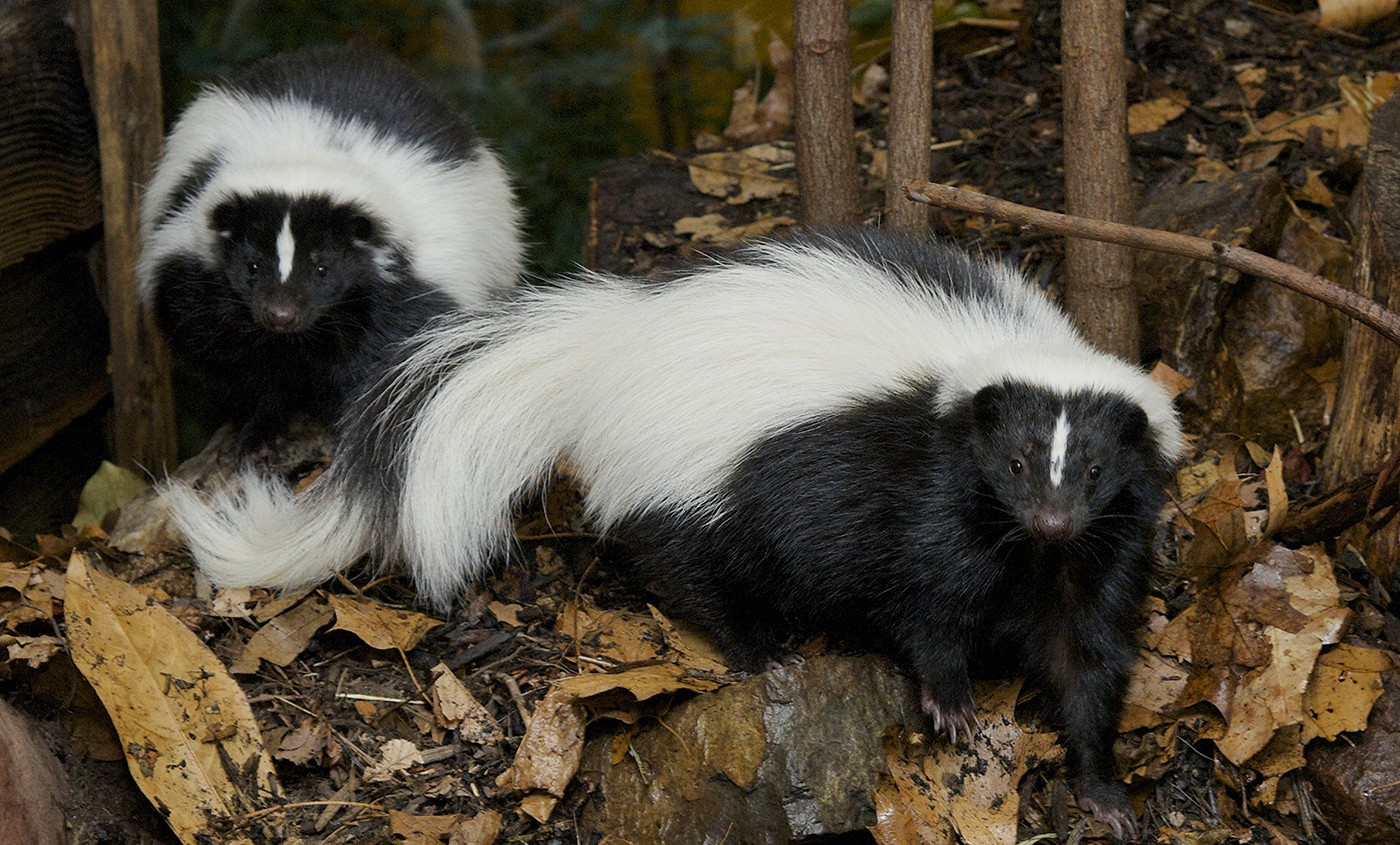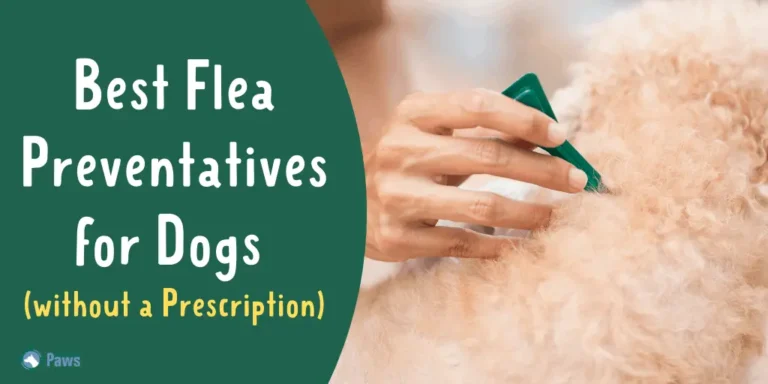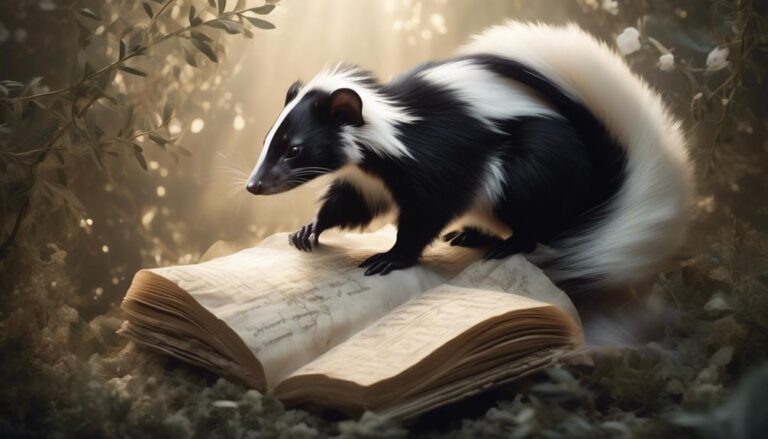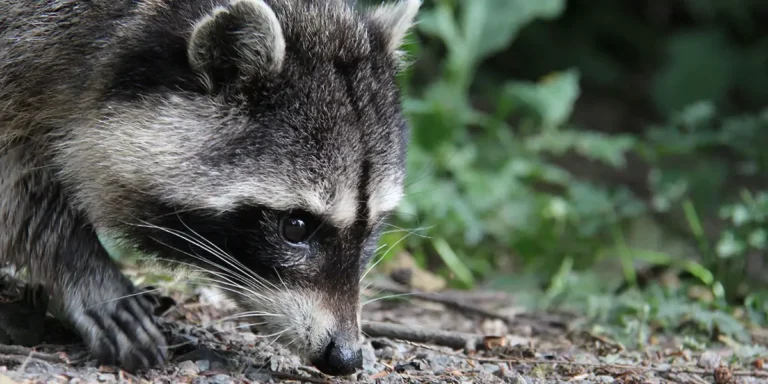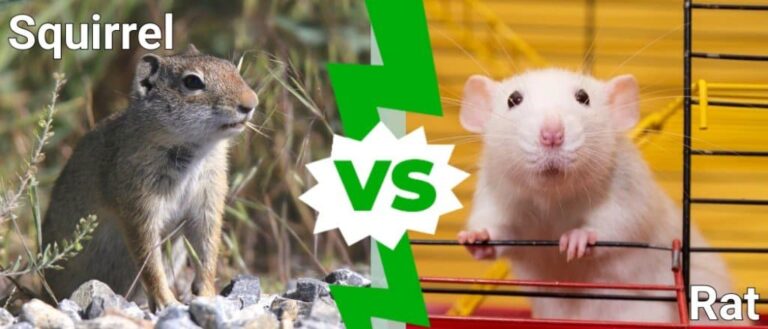Skunk Poop 101: Identify, Prevent, and Clean Like a Pro?
Overview
Skunks with their black and white striped appearance together with strong defensive liquids are an inherent part of numerous environmental areas. Data about the eating habits of skunks as well as their conduct and wellness state can be obtained through studying their droppings.
The page investigates skunk feces while presenting their characteristics, potential health risks and instructions for safe handling. A complete table featuring essential traits and properties of skunk droppings will be provided.
What Does Skunk Poop Look Like?
Skunk droppings frequently get mistaken for the waste of cats and raccoons. Here’s a quick description:
- Shape: Cylindrical, with one or both ends tapered.
- Size: Approximately 2 to 4 inches long and about 0.5 inches in diameter.
- Color: Dark brown to black, often with visible remains of undigested food.
- Texture: Firm, with embedded seeds, insect parts, or other food remnants.
Skunks are omnivorous, and their droppings reflect their diverse diet, which includes insects, small mammals, fruits, and garbage.
Mouse Poop or Squirrel Poop? Spot the Difference Easily!
Why Is It Important to Identify Skunk Poop?
Identifying skunk feces is critical for several reasons:
- Disease Awareness: Skunk poop can carry parasites and bacteria such as roundworms, salmonella, or leptospirosis, which can infect humans and pets.
- Pest Monitoring: Spotting skunk feces may indicate skunks are frequenting your property, potentially posing risks to your home, garden, or livestock.
- Behavior Insights: Studying skunk droppings can offer clues about their feeding patterns, seasonal habits, and health.
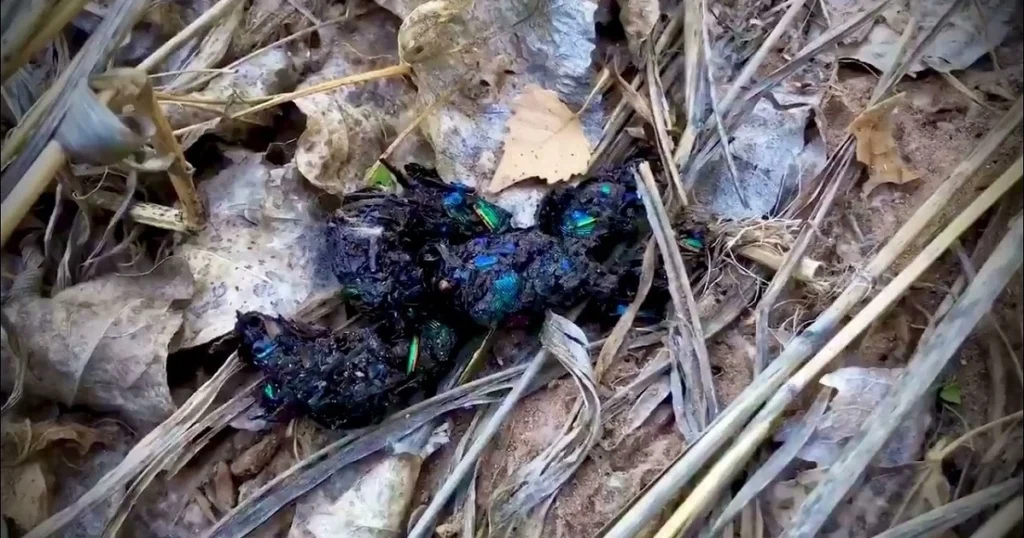
Health Risks Associated with Skunk Poop
Pathogens found in skunk droppings can cause dangers to human beings and animals alike. Several health risks exist among people but the most prevalent ones involve:
1. Baylisascaris (Raccoon Roundworm)
Skunks carry this dangerous parasite even though raccoons receive more attention as carriers of this parasite. An individual’s health can suffer severe neurological damage after unintentionally consuming materials infected by feces or soil.
2. Leptospirosis
The bacterial infection spreads as people come into contact with dirty feces or urine. The disease produces flu-like symptoms in people while it leads to critical illnesses in animals.
3. Salmonella
Skunk droppings transmit salmonella bacteria which causes foodborne illnesses because improper surface sanitization occurs.
4. Giardia and Cryptosporidium
Water contamination by protozoan parasites leads to gastrointestinal problems in both human beings and animals.
How to Identify Skunk Poop vs. Other Animal Droppings
Determining skunk droppings from other animal excrement requires correct decision making. Below is a comparison chart:
| Animal | Appearance | Key Features | Diet Evidence |
|---|---|---|---|
| Skunk | Cylindrical, tapered ends | Firm, with seeds or insect parts visible | Berries, seeds, insects |
| Raccoon | Tubular, rounded edges | Larger in size, contains undigested food pieces | Fruits, nuts, grains |
| Cat | Tapered ends, usually buried | Smooth, firm, uniform texture | Meat-based diet |
| Dog | Cylindrical, variable texture | Often smoother, depends on pet diet | Dog food remnants |
Safe Handling of Skunk Droppings
Proper precautions are crucial when dealing with skunk poop to avoid exposure to harmful pathogens.
Step-by-Step Guide to Safe Cleanup
- Wear Protective Gear: Use disposable gloves, a mask, and safety goggles.
- Prepare Cleaning Supplies: Disinfectant, plastic bags, and paper towels.
- Avoid Direct Contact: Use a scoop or tool to collect the feces.
- Double Bag the Waste: Seal the droppings in two plastic bags before disposal.
- Disinfect the Area: Thoroughly clean the spot with a strong disinfectant solution.
- Wash Hands and Clothes: Ensure thorough cleaning after handling feces.
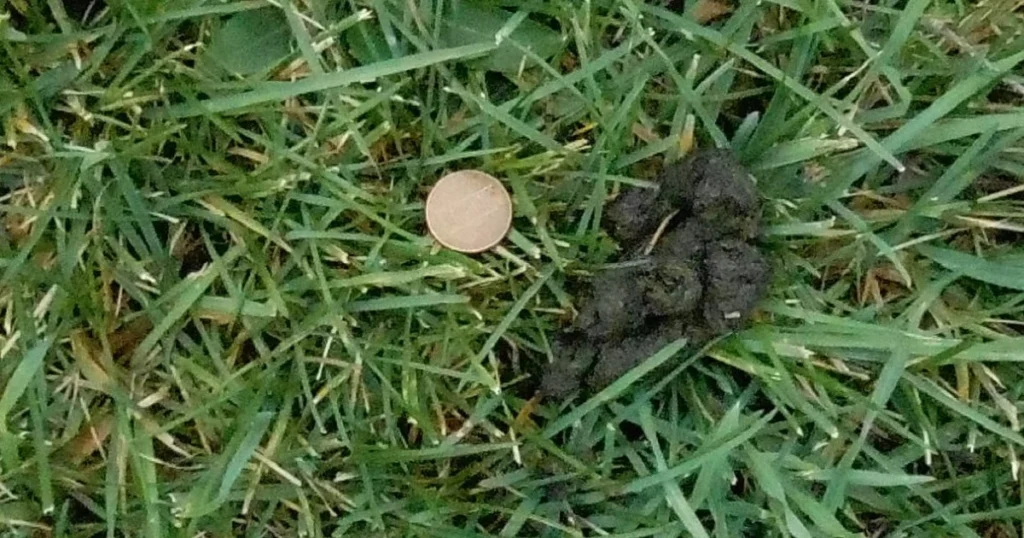
Preventing Skunk Infestations
To reduce the likelihood of skunks leaving droppings in your yard, follow these prevention tips:
- Secure Garbage Cans: Use tightly sealed lids to deter scavenging.
- Eliminate Food Sources: Avoid leaving pet food, birdseed, or fallen fruits outdoors.
- Seal Entry Points: Close gaps under decks, porches, or sheds where skunks might nest.
- Use Natural Deterrents: Spread citrus peels, cayenne pepper, or predator urine to repel skunks.
- Install Motion-Activated Lights: Bright lights can scare off nocturnal animals like skunks.
Detailed Table: Skunk Poop Specifications and Features
| Feature | Description |
|---|---|
| Shape | Cylindrical, tapered at one or both ends |
| Size | 2–4 inches long, 0.5 inches in diameter |
| Color | Dark brown to black |
| Texture | Firm, often with visible seeds, insect parts, or undigested food |
| Smell | Mildly musky but less pungent than skunk spray |
| Common Locations | Lawns, gardens, under decks, near garbage cans |
| Diet Evidence | Berries, seeds, insect remains, small bones |
| Health Hazards | Pathogens like salmonella, roundworms, leptospirosis, and giardia |
FAQs
1. How can I tell if skunks are frequenting my yard?
Look for indications that include the presence of skunk droppings in addition to shallow holes and a faint musky odor in the area. Monitoring devices will verify the existence of skunks in an area.
2. Is skunk poop dangerous to dogs?
Pet owners should be aware that skunk droppings potentially contain parasites and bacteria which represent hazards for their animals. Your dog must stay away from nighttime skunk droppings and you need to fastidiously remove these droppings as soon as possible.
3. What should I do if I find skunk poop near my home?
You must use protective equipment before cleaning up droppings properly while disinfecting the space. Deterring pests and seeking professional pest control help should be considered to stop future occurrences.
4. Can skunk droppings contaminate water sources?
The disposal of meat remains in areas situated close to streams or ponds is acceptable but requires thorough cleaning and proper water supply protection. The area requires a complete clean-up followed by necessary steps to defend your water supply.
5. What time of year are skunks most active?
Skunks are most active during spring and summer when they forage for food and care for their young.
Conclusion
Skunk poop, though not a glamorous topic, is a vital aspect of understanding these nocturnal creatures. Recognizing its characteristics can help homeowners address potential health risks, identify skunk activity, and take preventive measures. By maintaining cleanliness, using deterrents, and ensuring safe cleanup, you can minimize skunk-related problems and coexist with these unique wildlife neighbors.
More Read=Identify Skunk Poop vs Raccoon Poop
